SEARCH AND RESCUE ROBOTS
One of the most important questions to ask in such situations is whether we need to deploy Drones, which are smaller, smarter, and less expensive than human beings, or not. While both options carry a risk to human life, both can help improve efficiency and reduce costs. This article will discuss the advantages of using robots for disaster relief. We will also discuss some of the challenges of using robots to aid search and rescue operations.
search robots
Search And Rescue Robotics For Disaster Missions
We make a difference in disaster management!
Robots are the future of disaster relief. They can do things that humans cannot, like operate in environments where it would be too dangerous for us or even survive situations which mean survival isn’t always possible if you’re on your own without help! And with robots’ ability to work 24/7 without ever needing sleep, we’ll have all our bases covered – just waiting around until something happens then magically tapping into their capabilities through remote control is impressive enough but think about how much more effective they will!
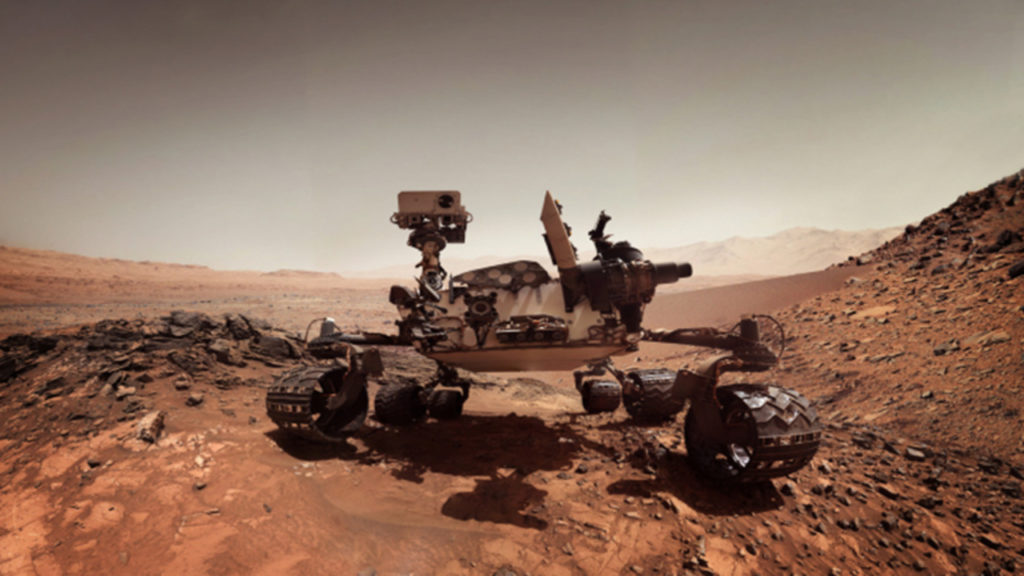
RESCUE ROBOTS
TYPE OF ROBOTS
• FIREFIGHTING ROBOTS
• DISASTER-FIGHTING ROBOTS
• RESCUE ROBOTS
• SEARCH ROBOTS
- DRONES ARE EASIER, CHEAPER, SMALLER, SMARTER, AND/OR SAFER TO DEPLOY IN DISASTERS
- SEARCH AND RESCUE ROBOT
- VIDEO RESCUE ROBOT
- HOW SEARCH AND RESCUE ROBOTS CHANGE DISASTER MISSIONS
- SEARCH AND RESCUE ROBOTS TAGS
- ADVANTAGES AND CHARTS SEARCH AND RESCUE ROBOTS
- FAQ
- OUR TEAM
- TABS SEARCH AND RESCUE ROBOTS
- PRICE LIST
- REVIEWS
- A CITY THAT IS CURRENTLY ACTIVELY SELLING SEARCH AND RESCUE ROBOTS
- CONTACT US
Drones Are Easier, Cheaper, Smaller, Smarter, And/Or Safer To Deploy In Disasters
In a disaster zone, drones can be a considerable asset in assessing damage and delivering relief supplies to stranded people. Their powerful IoT devices can provide invaluable data and information. At the same time, their small size allows them to fly over remote areas. During natural disasters, drones can also detect fire embers and safe routes. They can also help in disaster response by uploading real-time data to coordinate rescue efforts.
Drones are also being used for scientific purposes, such as for wildlife protection. By using night vision optics and thermal sensors, drones can collect detailed information on the health of a particular area. For example, the Liwonde National Park in Zambia uses anti-poaching drones to monitor park activity and help law enforcement officials catch poachers. In addition to being useful for wildlife conservation, drones can help reporters cover war and other contested areas without risking their own safety.
The latest generation of drones offers a variety of capabilities and add-ons. While most drones come with basic safety features like obstacle avoidance and self-recovery, they also provide smarter and smaller versions of the same technology. Some drones even include night vision and thermal cameras. Drones are more compact and easier to deploy in disasters than ever before.
While many drones have been designed for humanitarian purposes, they can also be used for criminal purposes. While drones can be used by criminals, shooting one down is considered an infringing property rights act. As long as the drone is owned by the person who shot it, the law always rules in the owner’s favor. Furthermore, the use of drones is portrayed in sci-fi movies as evil surveillance devices or criminal tools.
In addition to capturing suspects, drones can also be used in cyber attacks. They can be used to track criminals, monitor disaster sites, and gather intelligence. Unlike helicopters and airplanes, drones are more flexible than fixed cameras. In addition, drones can be used as surveillance platforms, detecting suspicious targets that are hidden in public places.
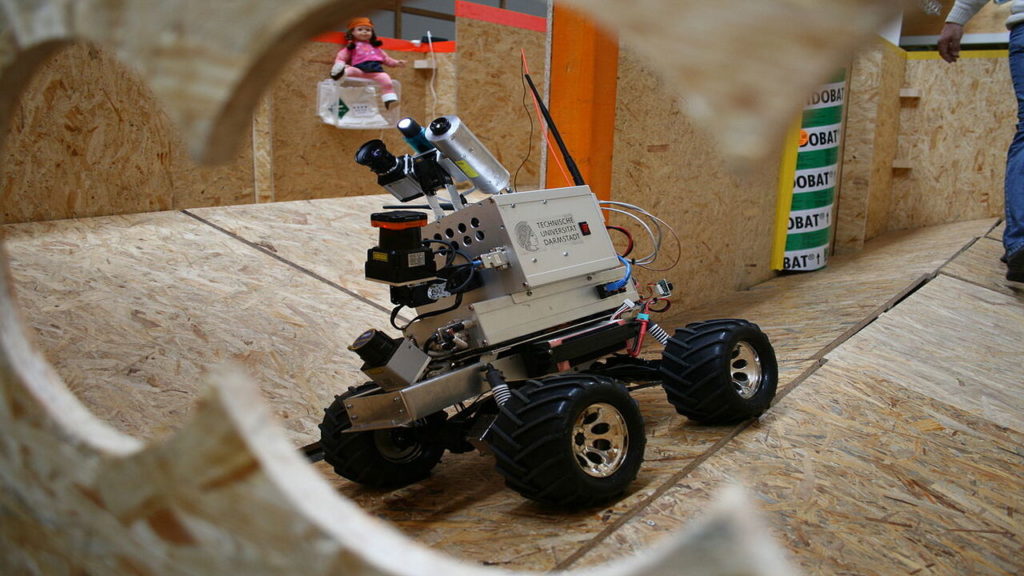
SEARCH AND RESCUE ROBOTS
FEATURES ROBOT
01
Life-saving asset in disaster missions
02
New way to save lives in disasters and complex environments
03
Highly mobile and versatile, well-suited for various rescue scenarios
04
Equipped with advanced sensors to navigate complex environments and locate victims quickly and effectively
05
Customizability and flexibility, tailored to your specific needs and requirements
06
Can detect and identify vulnerable people in need of rescue, to allow for quick rescue time
07
The best for work with first responders without putting any rescuers at risk
08
Prevent false alarms by using intelligent decision-making algorithms to avoid unnecessary responses
RESCUE ROBOTS
VIDEO
SEARCH AND RESCUE ROBOTS
How Search And Rescue Robots Change Disaster Missions
Disasters are non-routine events beyond an affected area’s ability to respond and cause extensive damage. They often disrupt social, ecological, economic, and political stability. Disasters are not routine emergencies, such as motor vehicle accidents, which can be resolved by local authorities without the need for external assistance. The impact of disasters can last generations. The definition of a disaster is quite broad and includes natural events as well as accidents involving motor vehicles.
Although many researchers and planners view disasters by their causes, it is rare to identify a particular cause of a disaster. Famine in North Korea in the early 1990s was a disaster, but the pollution in the Love Canal was the result of decades of development, not a single cause. However, even if a disaster doesn’t occur immediately, the damage can be devastating. That’s why disasters can have a global scale.
In the United States, disasters are not unusually severe, with only a few catastrophes in the last century causing a death toll of 1000. Ten to fifteen disasters cause more than 40 injuries per year. While the US has a relatively small number of disaster deaths compared to highway fatalities in 1967, disasters across the world occur daily and sometimes weekly. Since then, there have been three million deaths and $50 billion in property losses. These numbers are rising as more people live in disaster-prone regions and need international aid.
The majority of fatalities from disasters occur in low-income countries. This is mainly because disasters are more prevalent in low-income countries, which generally lack the necessary infrastructure to respond to natural events. A disaster can cause massive losses, including property damage, health issues, and displacement. Disasters can also have devastating economic and social consequences. Suppose you are concerned about a natural disaster. In that case, you should consider a policy that considers the differential impacts of different disasters across different populations.
While disasters are incredibly devastating, the media attention they receive does not necessarily reflect their magnitude. Television networks focus on those events that are prone to dramatic media coverage. For example, a giant storm that swept through Europe would attract more media attention than a small typhoon in India. A small earthquake in Africa would be less traumatic than a significant hurricane in Europe. A drought or food shortage would be a far less visible disaster.
While most people survive a disaster, many will experience significant emotional distress. Common symptoms include anxiety, difficulty sleeping, and depression-like symptoms. While many people bounce back quickly with the support of family and friends, others will require additional assistance to cope with the stress of the disaster. Disasters can cause harm to people in a range of social groups, including survivors in affected areas, emergency responders, and recovery workers. When disasters occur, mental health can be compromised.
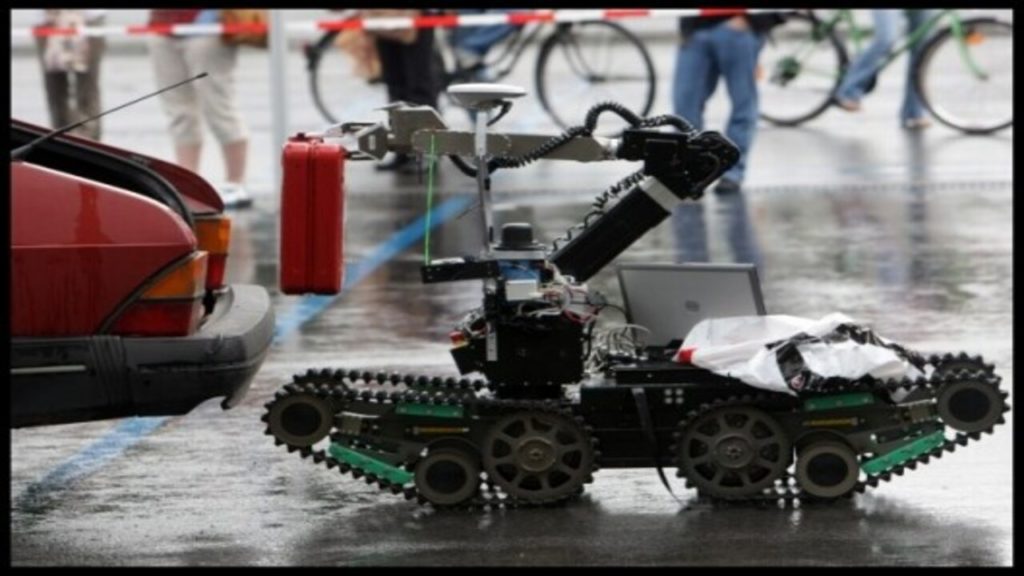

Search And Rescue Robot Tasks
In the future, search and rescue robots will be capable of various jobs. They can be wireless or tethered to a power source and can be as small as a lunch box or lawnmower. These robots can be equipped with two-way voice communication and cameras. They may even carry food and water for the victims. But what exactly is a search and rescue robot, and how does it function? A natural disaster can result in the widespread destruction of property and human life. In these situations, rescuing survivors and providing medical care and food are top priorities. While human rescue workers cannot perform these tasks for long periods, rescue robots can be deployed to fill critical roles. They can navigate contaminated areas and carry out repetitive tasks, and they can be repaired quickly, unlike injured humans. In addition, a robot's safety and performance are not subject to human error, which makes it a far better option for the search and rescue team. A distributed search and rescue robot system is tested in an unstructured, semi-unstructured environment. This test site contains a plethora of old furniture and equipment, similar to what one would find in an earthquake-affected indoor environment. This test is intended to observe how well the robot navigates between the rubble and whether its user interface is effective. This will give the operator valuable feedback. The next step is to build sensors that can detect the presence of dangerous objects and navigate through hazardous terrain. The robot has two primary sensors: the sonar range finder and the TAS. The sonar is used to avoid obstacles, while TAS helps it locate heat-generating objects. Suppressor cells are located in the Suppression Modulator. Both of these sensors are sensitive, so the robot can be trusted to detect objects even in a crowded space. It can also identify possible victims by analyzing the data provided by the TAS. These drones are capable of performing many different tasks. In fact, some of them are already being used in search and rescue operations. For example, Shark Robotics' Colossus robotic firefighter can be controlled remotely with a 360-degree thermal camera, while the Bulkhead robotic traffic spike helps rescue teams find survivors. In addition to their superior accuracy, robots offer many benefits in disaster response. They can fit into places that humans cannot, operate without sleep, and are often more efficient than humans at specific tasks. They are replaceable and can be deployed in complex environments, such as underwater. They also require less training and have fewer safety concerns than humans. Despite their potential benefits, robots must be able to do these tasks safely and efficiently.

Some Types Of Search And Rescue Robots
While humans have many advantages in the air and on land, search and rescue robots have clear advantages over humans in both environments. Humans cannot survive underwater, nor are they naturally suited for it. On the other hand, robots are not bothered by motion sickness and food, which are both essential for human survival. As a result, they're more likely to be used in ground search and rescue situations. SAR robots Aside from providing first aid, SAR robots can help search, and rescue teams map a disaster site, collect pollution data, and manipulate objects. These robots can even deliver life-saving medications. In emergencies, time is of the essence. As such, they can help rescue teams in less time while improving their work efficiency. These robots have many benefits for the human population. And they're already available in various forms, making them a valuable asset to any disaster relief organization. Snake bots Snake bots are another type of search and rescue robot. They can move through rugged terrain and deliver supplies. Researchers at Carnegie Mellon University have deployed a multijointed snake bot to search for survivors in a collapsed building in Mexico City. The Biorobotics Lab's snake bot provided video feeds of two passes through the rubble. While the bots did not find survivors, they did provide vital data to aid rescue workers. Drones The Zeligs of the airborne world, drones are the Zeligs of advanced flight tech. They are a vital part of airborne search and rescue efforts. Drones are capable of flying over vast areas without human assistance. Unlike humans, these aerial robots can detect survivors, rescue workers, and other victims. Also, they can see the topology of the rubble and help the victims in the process. A swarm of UAVs can effectively cover vast areas. One swarm of UAVs operating in a spiral pattern can cover ninety percent of an area in 90 minutes. The swarming patterns increase the coverage rate as time passes. If a group of UAVs reaches the center of a search pattern, the robots will reach it in less than half an hour. Drones: UAVs are the most common type of search and rescue robot. They are more inexpensive and can operate in places humans can't. And drones can even operate in the air and on the water without human interaction. In the future, search and rescue robots will be able to patrol areas without the need for humans. But before this can happen, substantial investments will be required to develop and deploy new types of drones. The cost of these drones will be significantly lower than the cost of human personnel. A semi-legendary humanitarian robot, Atlas, is a prime example. It was created by a team of engineers under the semi-legendary DARPA Robotics Challenge. The challenge was aimed at empowering emergency crews with robotic assistance. It has since evolved, now doing parkour and backflips. Atlas has been developed to perform basic life-saving tasks under dangerous conditions.
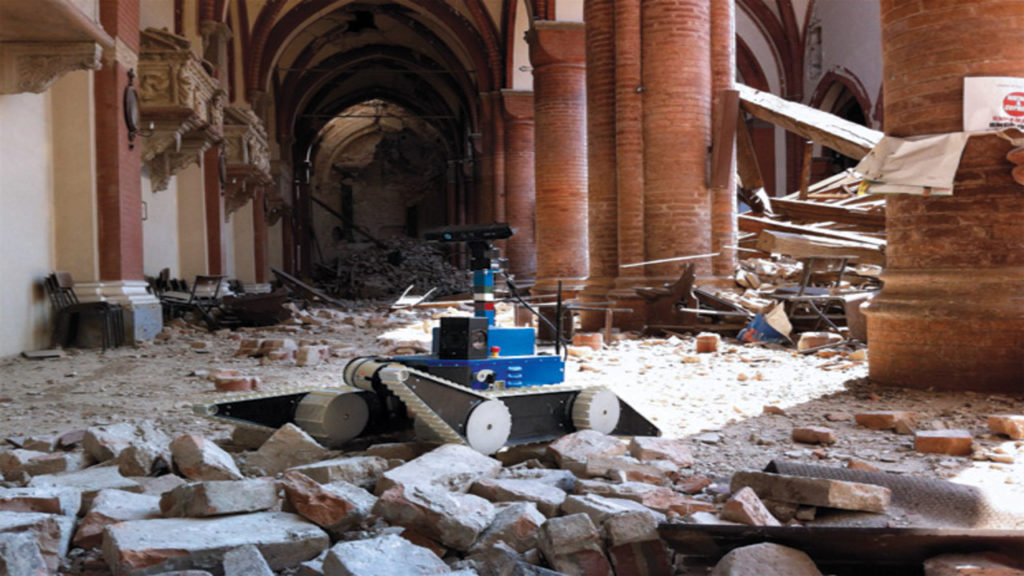
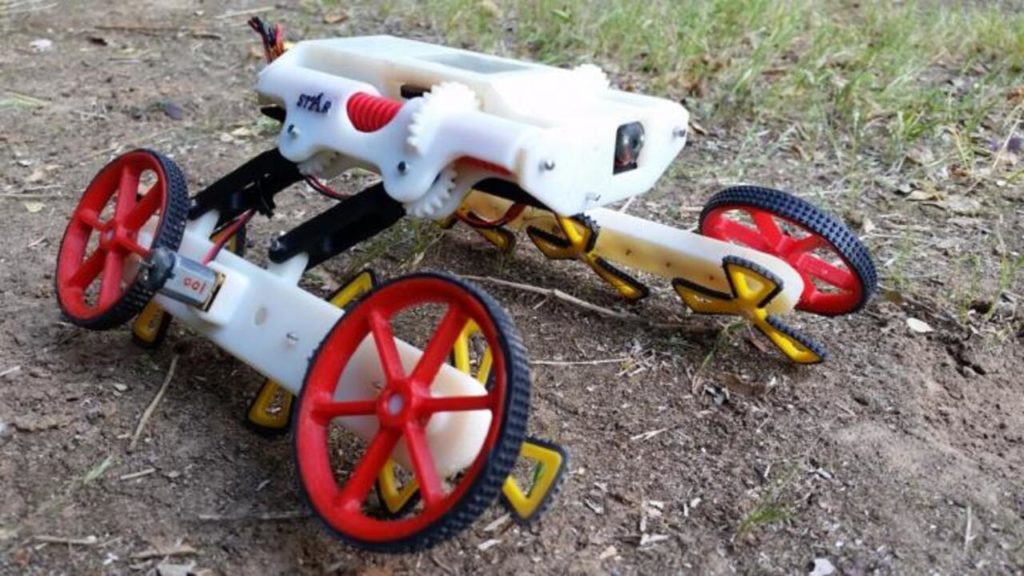

CONCLUSION: THE IMPORTANCE OF ROBOTS IN DISASTER RELIEF
In disaster scenarios, human rescue workers can become trapped and inaccessible, and this can leave victims without immediate medical care. The deployment of robots can free up a human rescuer by performing repetitive and dangerous tasks. In the EU-funded SHERPA project, two aerial vehicles and a ground rover can work together to help scout a disaster site, freeing up rescue workers to save more lives. Although robots are not yet common, their use in disaster relief has increases. In search and rescue drills, roboticists who are able to communicate with their teammates are nine times more likely to find survivors than those who cannot communicate with them. Using robots in disaster relief efforts will help aid agencies and communities rebuild quickly. The United Nations Office for Disaster Risk Reduction estimates that a disaster in any given year costs 1.4 trillion dollars. Hundreds of thousands of people die each year due to natural disasters. When it comes to the rescue, humans are unmatched in their flexibility. Still, robots are much better at maneuvering uneven and hazardous terrain than humans are. They can get into tight spaces, fit into tiny spaces, and even crawl into air pockets beneath collapsed buildings. These features make robots ideal for disaster relief work. They are also far more durable than humans. Suppose disaster relief workers need to get their hands on hazardous materials. In that case, they can use robots to transport supplies and other supplies to victims. Rescue robots have also been tested in disaster situations, including the Great Hanshin Earthquake in Japan. The robots were designed to help rescue workers but soon developed a role in the team. The researchers worked with the Dortmund fire department and Italian fire brigade forces in a recent project. They also gained valuable experience working with the end-users. The future for disaster relief robots looks bright. However, some limitations remain.

rescue and search robots
Disaster Recovery Using Search And Rescue Robots
Disasters are sudden, cataclysmic events that usually cause a significant loss of life or property, affecting a portion of a given population. Search and rescue robots are gaining a considerable place in disaster relief because they can typically access areas that may be deemed too dangerous for humans to enter. The robots at sites of significant disasters help reduce the loss of human life due to the extreme conditions that may exist at those locations. The field of search and rescue robotics is gaining new footholds in different areas of disaster relief as more public awareness surrounding these life-saving tools grows. As the technology that drives these devices gets more in-field experience, their ability to respond to disaster relief becomes more comprehensive and more complex, allowing them to perform more difficult and challenging tasks that used to be performed only by humans. While some of the robots that are deployed to disaster areas are controlled by someone on the rescue team, autonomous (self-driven) robots are becoming the norm when critical situations arise.
The use of drones in search and rescue operations is usually the quickest way for an emergency response team to assess the extent of the damage they are sent to investigate. It is considered the first stage of the rescue operation, and drones are very affordable, and the training to use one takes only a couple of days. Although they are pretty simple in terms of process, their built-in automation makes it easy for their operators to be able to zoom in and maintain focus on a given point when flying over the disaster area searching for survivors. These drones can also help rescuers map a plan for accessing the site, either physically themselves or for another larger robot.
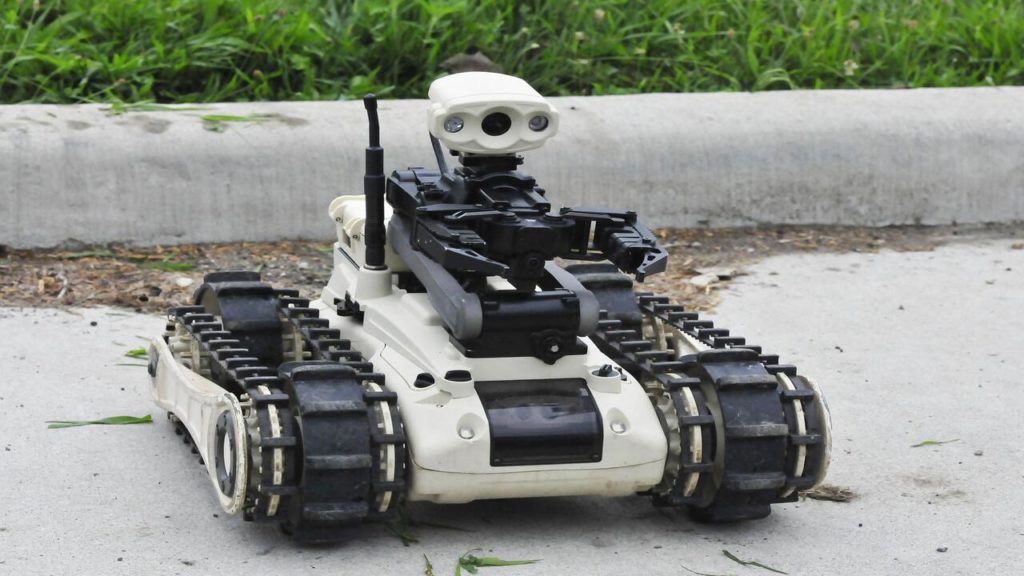
Robots In Meteorological Events
In extreme weather, search and rescue robots are becoming critical participants in finding people, whether they are buried under ice and snow or trapped underwater. They can perform their instructions without the fear of physical harm and are not subject to the same stresses that would be harmful or even fatal to a human being. In some cases, these types of robots vary in size and function, and smaller robots are used in situations where they can provide life-support tasks such as bringing a rope to an avalanche victim. Larger, floating robots can be used with great efficiency to provide multi-person evacuations during sudden, extreme flooding. In some cases, there are much smaller tethered robots that are used to navigate submerged buildings and bridges that are snake-like in the way that they move through the water to search for survivors.
Robots In Geological Isues
For disasters of a geological nature, such as an earthquake or a landslide, there are special-purpose search and rescue robots designed to gain access to areas that are considered too unstable for emergency personnel to access. Small-track vehicles can be used in situations where there is a broader area of access for a small vehicle to gain access. In areas where there is limited space for access, there are snake-like robots used to navigate rubble so that rescue personnel can find and comfort survivors. More miniature robots have the advantage that they can maneuver through debris much faster and can adapt to varying materials that they may encounter while crawling through dirt, mud, or sand. Development is underway for building much larger search and rescue robots that can lift and remove large pieces of debris such as concrete columns and sections of flooring to gain faster access to areas that would take much longer using traditional methods.
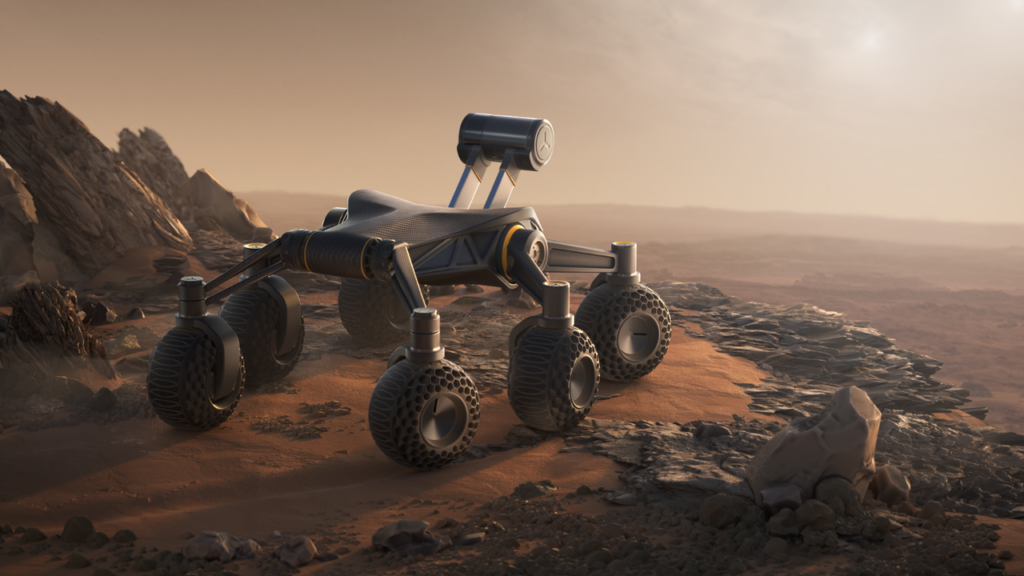
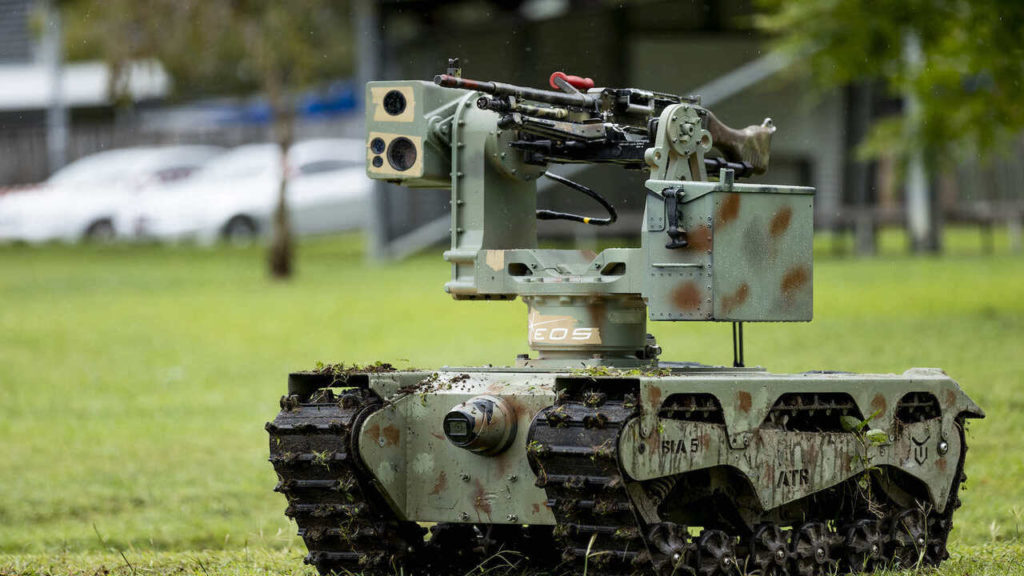
Robots In Man-Made Disasters
When it comes to a man-made disaster, such as a building collapse, or an act of terrorism, search and rescue robotics can be very helpful in finding and rescuing survivors in critical, unstable areas. There is still a chance that a hostile enemy’s threat level to human life is extremely elevated and a search and rescue robot can be used to minimize the danger to human intervention. Other disasters, such as a chemical spill, have their own special requirements for search and rescue robots in environments that are highly corrosive to their components. These robots are usually medium-sized tread vehicles with attachments that can be safely used to grip onto a survivor and drag (or sometimes carry) any survivors to safety.
Robots In Mine Catastrophes
Search and rescue robots are especially helpful in the event of a mine collapse. As is often the case with these types of disasters, they usually happen deep underground, and there is not a lot of information available to the search and rescue team when they arrive on the scene. Traditional rescue methods usually take a long time to get to the scene of the collapse, and then it is usually a hazardous mission to enter the collapsed area. By using specially designed small track automated vehicles that are outfitted with custom vision and air sampling systems, rescuers can now safely navigate through a collapsed site where there could be a mixture of water and toxic fumes that would make it even more difficult for a human to perform the rescue. There is also a high risk of explosion since methane or other flammable gases are present in mine collapses, so these robots are usually protected by explosion-proof cases to protect their sensors, minimize damage to their sensitive electronics, and prevent secondary ones explosions that could endanger the survivors.
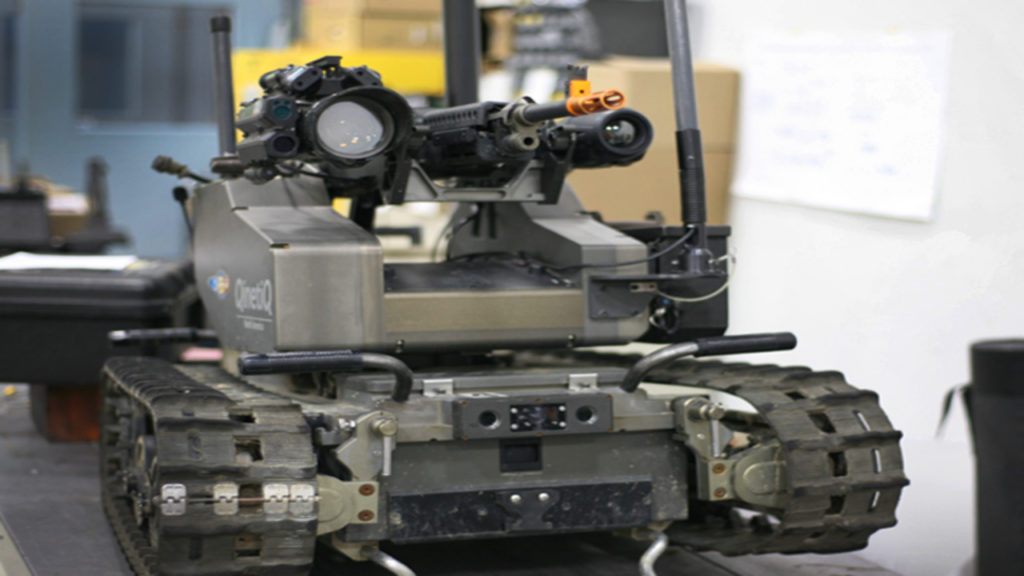
CONCLUSION
One of the biggest hindrances in adopting search and rescue robotics in emergency services is simply that there is not enough public awareness that these tools exist to aid emergency rescue teams. Disasters do not discriminate on where they occur, and it is difficult, if not impossible, for small-town governments to justify the expense of purchasing a search and rescue robot and then having to train emergency personnel on how to use it. Fortunately, with the broader adoption of these life-saving robots, the cost of purchasing these vehicles will come down and make it affordable for local town governments to purchase. We must also consider that as the field of search and rescue robotics gains more experience. These artificial intelligence systems guide these robots will get smarter at making decisions autonomously and make it easier for the robot handlers to perform their jobs.
They Pose A Grave Risk To Human Lives
Since the September 11 disaster, search and rescue robots have helped in 49 different disasters, and drone technology has dramatically assisted relief efforts. While robots have the potential to save human lives in disasters, their current capabilities are not yet ideal. For example, they could not fully penetrate the rubble, but they were still helpful in collecting data and supplies. Researchers have been developing different shapes of search and rescue robots for the purposes of finding victims. These robotic devices will only become popular if strong government funding is available.
SAR teams must explore a large area in a limited amount of time, which is why state-of-the-art robots are an essential part of the SAR effort. Using such robots can significantly reduce the length of the mission, arm SAR teams with information, and help them reach the affected areas more quickly. However, they pose a grave risk to human lives, so the robots must be used wisely.
While some fear that search and rescue robots pose a severe risk to human life in disasters, the Department of Defense (DOD) moves robotic technology into disaster zones. These robots can help rescue victims, and they can take the place of human teammates. The DARPA Robotics Challenge (DRC) is an ongoing competition that aims to develop human-supervised robotic technology. Robots must be designed to operate in human-engineered environments and work alongside humans.
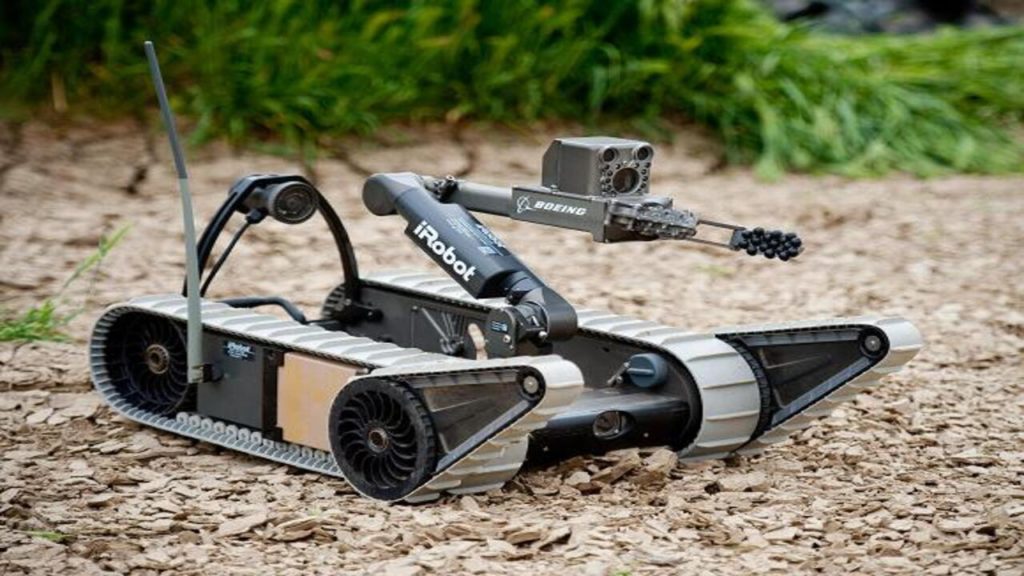
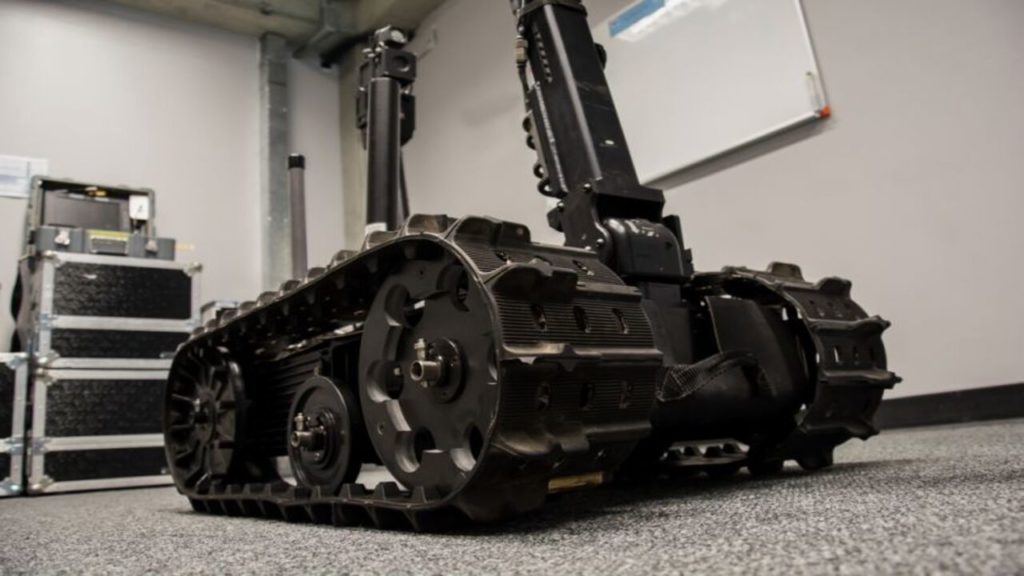
search and rescue robots
They Improve Efficiency
There’s no doubt that robots can help in disasters, but how can they improve their efficiency? One project is called the NIFTi project, which is testing robots in the World Trade Center rubble. Researchers are testing the robots’ performance in an unfavorable environment. They are analyzing how they work in terms of finding victims, detecting unsafe situations, and sensor coverage. While ground robots are already used in disaster situations, helicopters could soon be equipped with these robotic technologies.
Currently, search and rescue missions are dangerous and time-consuming. Rescue teams must maneuver through narrow passages and sometimes cause secondary damage. In some cases, they cannot reach victims due to collapsed buildings and gas leaks. Because of these challenges, tech firms are stepping up their efforts to develop robots for disasters. Robots could be a lifesaver, assisting rescue workers by helping them search for survivors, removing debris, and mapping disaster scenes.
Another way that search and rescue robots can improve the efficiency of the rescue mission is through the use of drones. These aerial robots are capable of operating in areas that are hard to access and can provide sensors to map the scene. They can also follow people, which is crucial during a fire outbreak. As a result, search and rescue robots will reduce the risk of human casualties and increase the efficiency of the rescue effort.
In addition to the benefits of unmanned rescue robots, there are other advantages of using these devices. They can speed up the rescue process and help in disasters while increasing the number of rescuers. Moreover, they are more flexible than manned rescuers, meaning they can work in challenging terrains. If these robots are appropriately designed, they can significantly improve the efficiency of disasters.
The snakebot is a robot developed by CMU researchers. Based on the lizard’s movements, the robot can crawl through debris more effectively than humans can and transition movement based on pole radius. Its video capture capabilities and ability to send video to remote teams have already made the robot an indispensable tool in disaster situations. The snakebot’s success in Mexico’s earthquake disasters may help alleviate rescue workers’ workload.
They Cut Costs
Search and rescue robots could drastically cut costs during a disaster. These robots are capable of flipping switches and opening doors. Many of their parts are 3D printed, which reduces their weight and cost. With lower costs, robots are more affordable and readily available to governments. For more information, visit the CRASAR nonprofit organization. You can also learn about the technology by reading the article on BuiltIn.
The use of robotics has many benefits. They can assist in search and rescue operations, risk assessment, insurance claims response, and even detect wildfires and extinguish fires in high-rise buildings. In fact, the DARPA organization awards prize money to teams that create robots that can be used in disasters. Team KAIST from South Korea won the $2 million prize in the DARPA Robotics Challenge, which showcased eight rescue-related tasks with the help of a DRC-Hubo robot.
While humans do not do well in the water, ground robots are better at searching for victims than humans can. They can go further than search cameras, which are limited to about 18 feet. And because robots can go deeper, they can enter dangerous environments. Unlike humans, robots are not affected by motion sickness or food while in water. Moreover, they can navigate through the rubble without the assistance of humans, which would take many hours to shore up.
Drone technology has already proven itself to be an effective tool in disaster relief efforts. As of September 2016, robotic technology has been used in 49 disasters in 17 countries. In addition to robotics, drone technology has provided disaster relief more efficiently than human aid. One example of this is the use of drones in the aftermath of Hurricane Harvey. These drones can reach areas in the rubble deeper than even cameras or poles. The Texas A&M Engineering Experiment Station has coordinated the most significant known deployment of unmanned aerial systems (UAS) during Hurricane Harvey.
During the 2015 flooding in Texas, massive floods caused over forty fatalities. The flash flooding incident hit during the camping season, making the situation even worse. The team at Florida State University and Larry Davis at the University of Maryland used computer vision techniques to sift through gigabytes of data, including imagery and video, to identify a missing person. The robots were trained to recognize the mud from the videos, thereby helping rescue workers save precious lives.
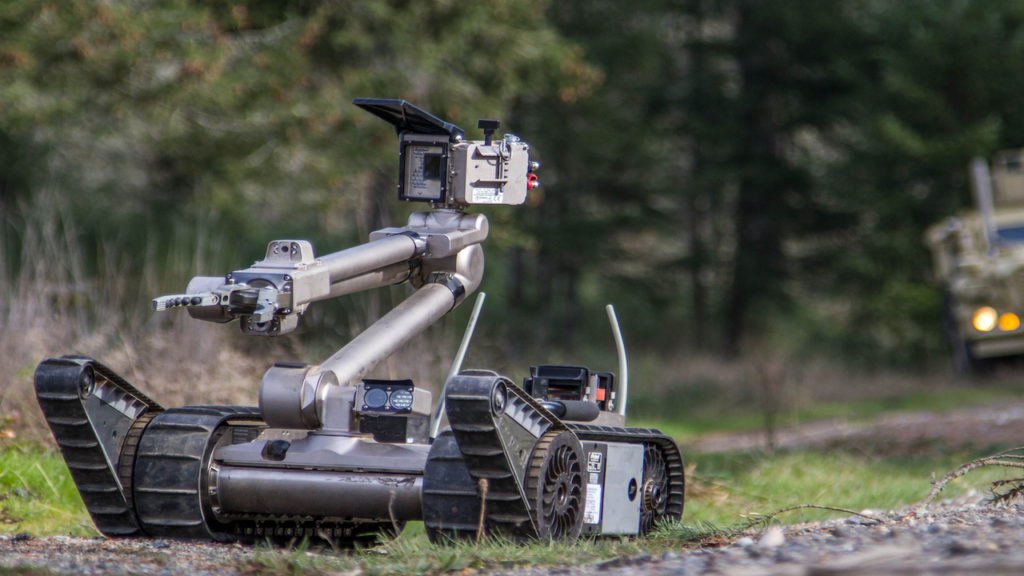
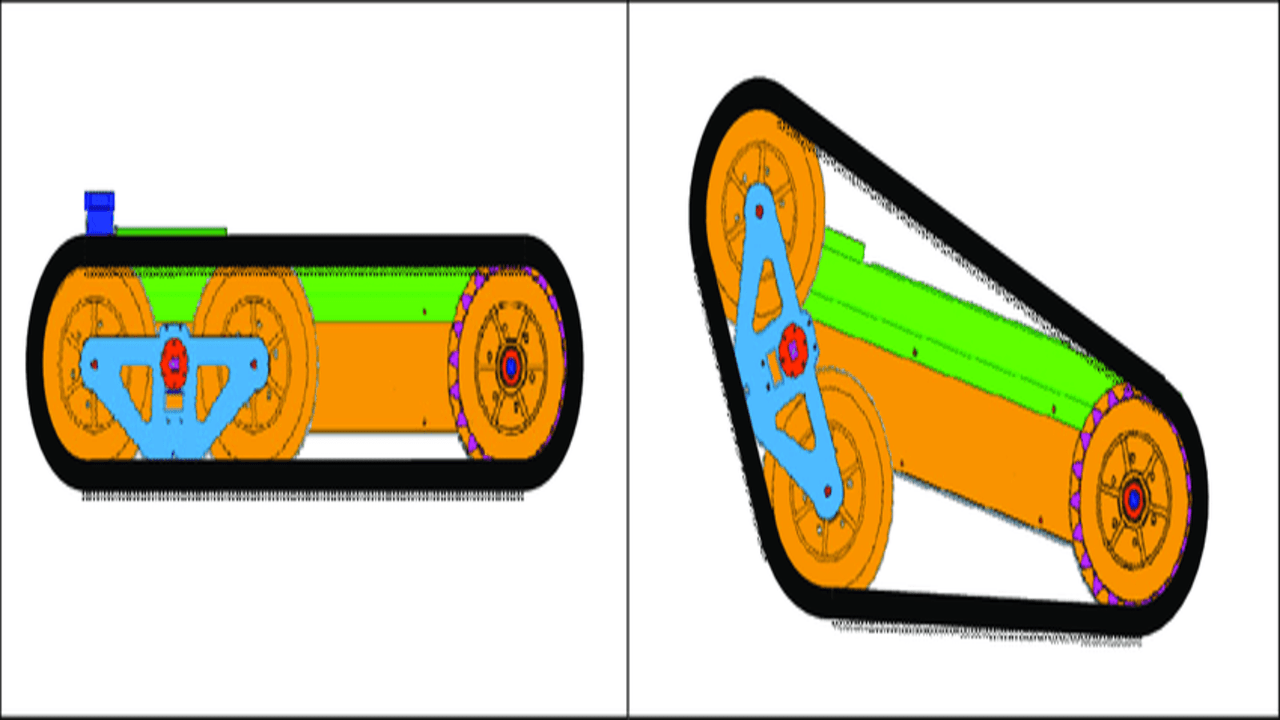
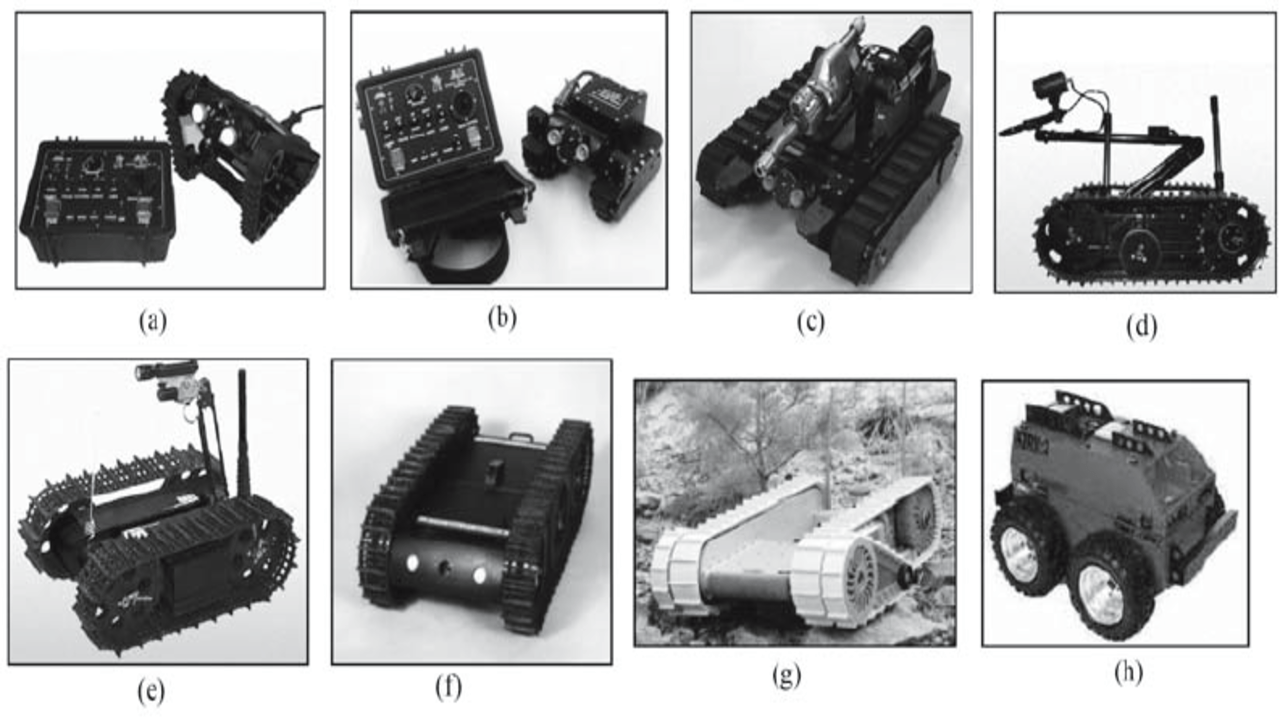
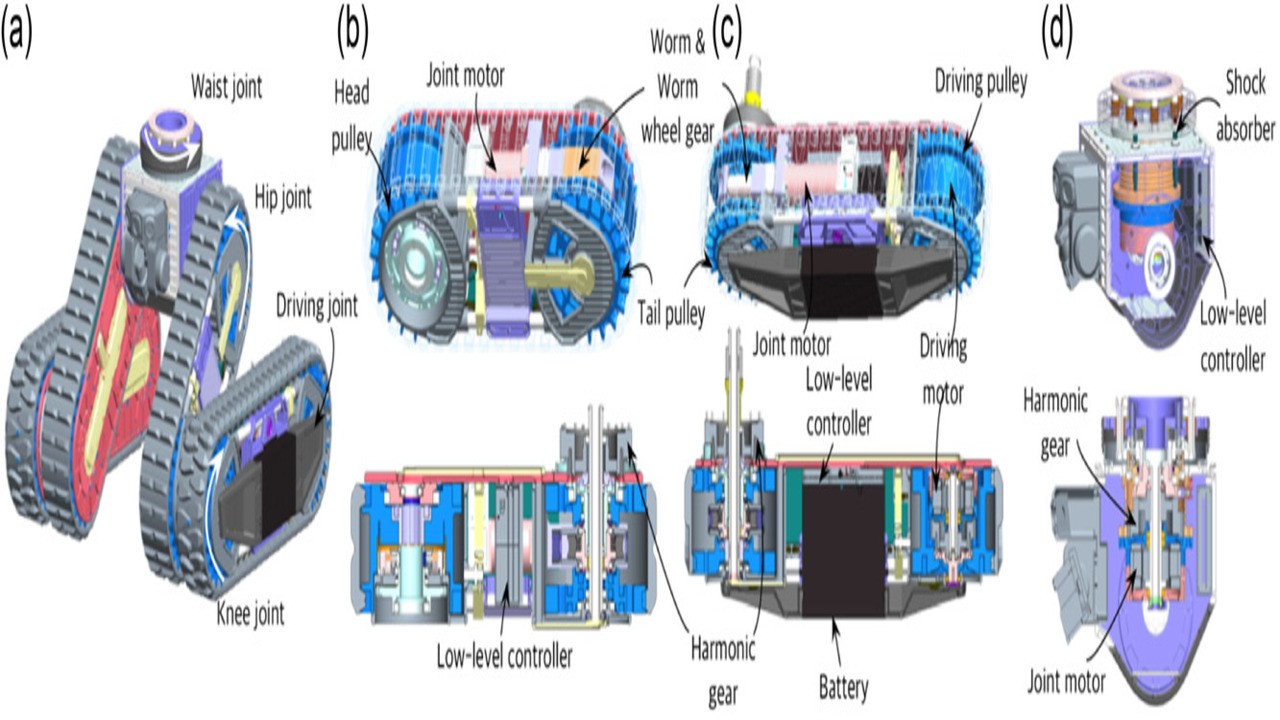
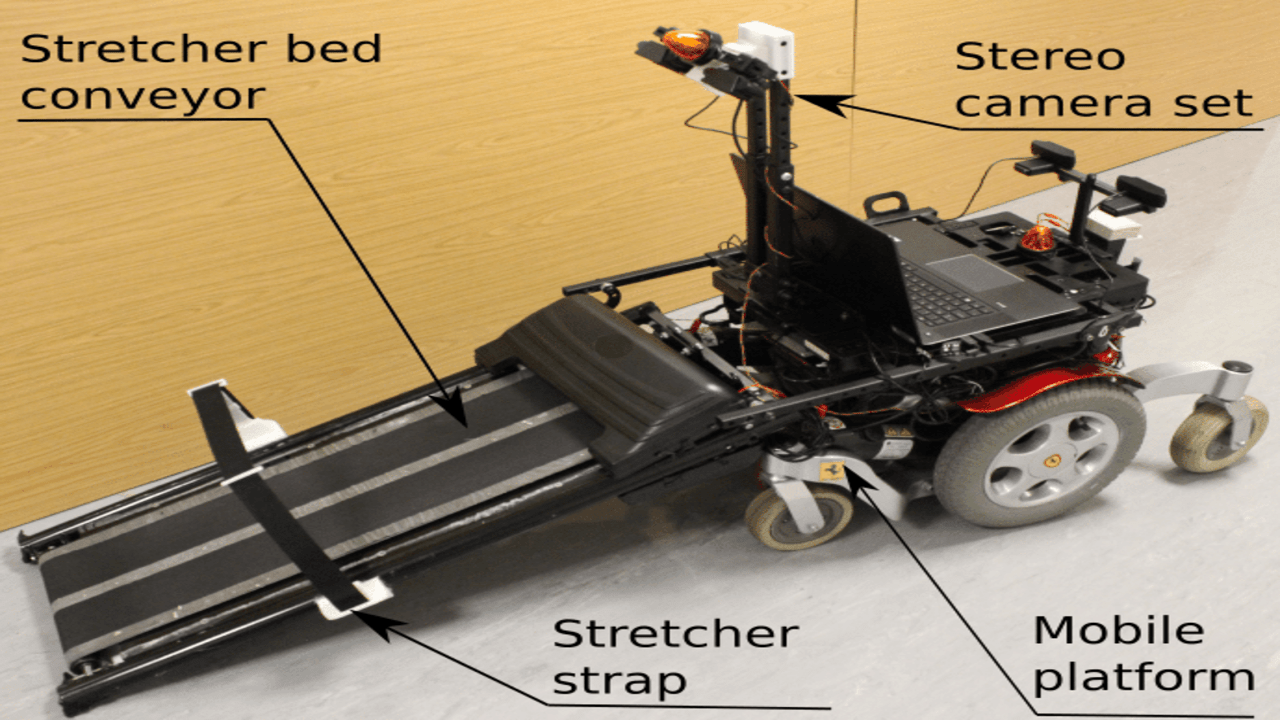
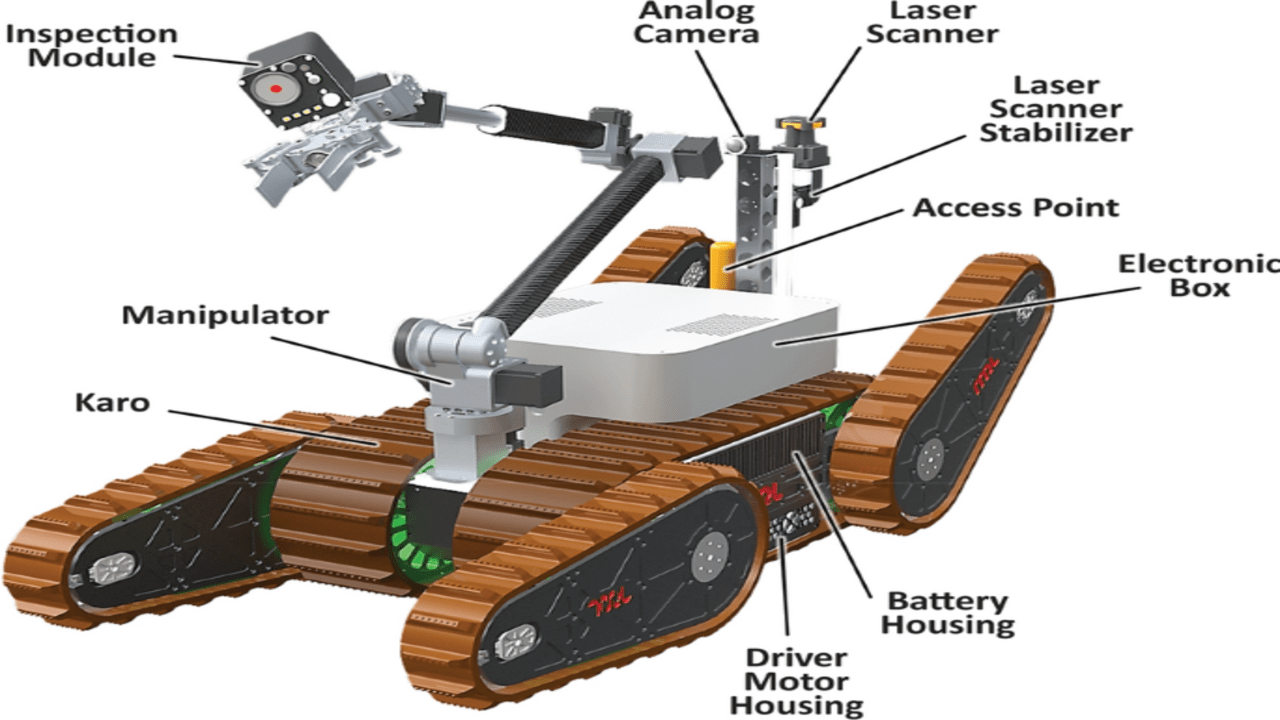
Need Help?
FAQs
Why do we need search and rescue robots in disasters?
One of the most important questions to ask in such situations is whether we need to deploy Drones, which are smaller, smarter, and less expensive than human beings, or not. While both options carry a risk to human life, both can help improve efficiency and reduce costs. This article will discuss the advantages of using robots for disaster relief. We will also discuss some of the challenges of using robots to aid search and rescue operations.
What are the types of search and rescue robots?
- Firefighting robots
- Disaster-fighting robots
- Rescue robots
- Search robots
What are the advantages of search and rescue robots?
- Life-saving asset in disaster missions
- New way to save lives in disasters and complex environments
- Highly mobile and versatile, well-suited for various rescue scenarios
- Equipped with advanced sensors to navigate complex environments and locate victims quickly and effectively
- Customizability and flexibility, tailored to your specific needs and requirements
- Can detect and identify vulnerable people in need of rescue, to allow for quick rescue time
- The best for work with first responders without putting any rescuers at risk
- Prevent false alarms by using intelligent decision-making algorithms to avoid unnecessary responses
TABS SEARCH AND RESCUE ROBOTS
SEARCH AND RESCUE ROBOTS
PRICE MENU
USD 72 Per Year
Save 33%
Standard Plan
- 15 Projects
- 30GB Stories
- Enhanced Securiy
- 3 Domain support tech
- Page Builder
- Unlimited data transfer
USD 72 Per Year
Save 33%
Most Popular
- 15 Projects
- 30GB Stories
- Page Builder
- Enhanced Securiy
- 3 Domain support tech
- Unlimited data transfer
USD 72 Per Year
Save 33%
Unlimited Plan
- 15 Projects
- 30GB Stories
- Page Builder
- Enhanced Securiy
- 3 Domain support tech
- Unlimited data transfer
REVIEWS
Search and rescue operations save and rescue people in various life situations, without them it would be much more dangerous, since rescuers will not always be able to help in difficult situations. I recommend it, it's very cool!

CUSTOMER
These robots are just a miracle! I can't imagine my life without them, our company always uses them in any life situations. Thank you!



